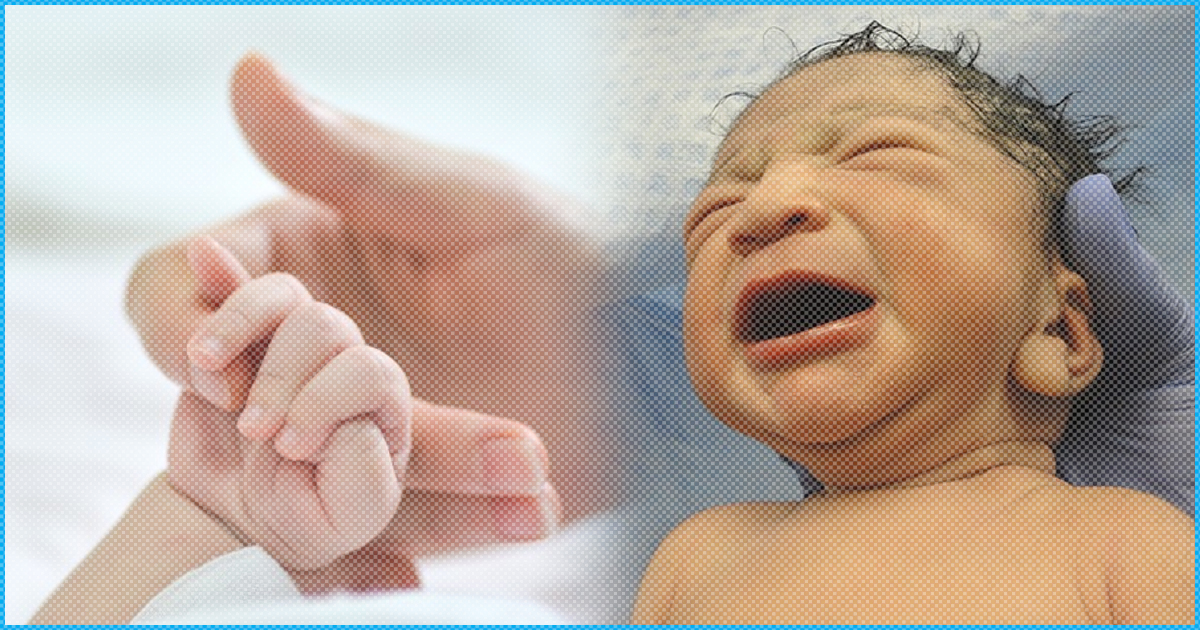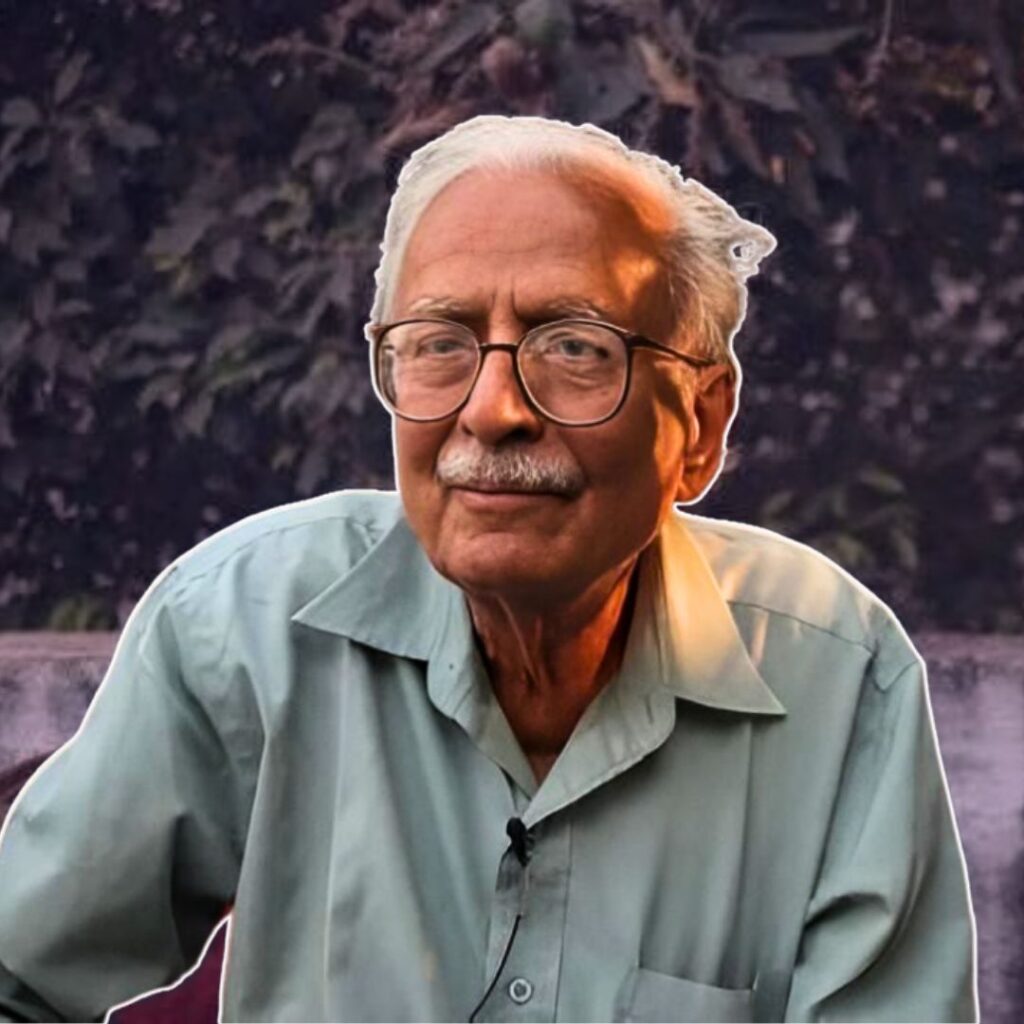A recent infant mortality report by the United Nations Children’s Fund, the World Health Organisation, the United Nations Population Division and the World Bank Group stated that India has recorded a significant improvement in the number of deaths among infants and children. World Health Organisation applauded India’s effort and the improvement represents a ”dramatic breakthrough”. It only became possible due to a series of initiatives including ‘Mission Indradhanush’ under which children are being vaccinated with life-saving vaccines.
I congratulate my team in @MoHFW_INDIA & our states for their continuous efforts to reduce #childdeaths.
Under the guidance of Hon PM @narendramodi Ji our ministry is focusing on regular regular vaccination & Institutional deliveries. https://t.co/pUdBffdo8H— Jagat Prakash Nadda (@JPNadda) September 19, 2018
What does the infant mortality report say?
The United Nations Inter-agency Group for Child Mortality Estimation (UNIGME) released its report on September 18 which stated that about 8,02,000 infant deaths were reported in India in 2017 as compared to 8,67,000 infant deaths in 2016. The latest figures are the lowest in the last five years. Infants who died between birth and the age of one, in terms of deaths per 1,000 live births, was 32 per 1,000 births as compared to 34 the previous year.
The neonatal mortality rate or the number of death within the first 28 days of birth has also come down with 24 deaths per 1000 births recorded in 2017 as compared to 25 in 2016. In absolute numbers, this translates to 6,05,000 deaths in 2017.
The report also stated that the mortality rate among all children under the age of five was 39 per 1000 births in 2017 which is about 9,89,000 deaths in total. The mortality rate of male children under-five was 39 per 1,000 while for girls it was 40 per 1,000 births. Among children between the ages of five and 14, there were 1,52,000 deaths in 2017 i.e 21 deaths for every 1000 children.
According to the Times Of India, Yasmin Ali Haque, Representative, UNICEF India said, “India continues to show an impressive decline in child deaths, with its share of global under-five deaths for the first time equalling its share of childbirths.” She added that factors such as improvement of the institutional delivery system along with special care units for newborns have been crucial in achieving such positive results. Commenting on the sex-specific under-five mortality rate, Haque said that over the last five years there has been a four-fold decline in the gender gap when it comes to the survival of girl children.
The report also estimated that globally 6.3 million children aged below 15 died in 2017 out of which, 5.4 million deaths occurred within the first five years of a child’s life. It said that most children under five died due to preventable and treatable causes such as complications during birth, pneumonia, diarrhoea, neonatal sepsis and malaria.
Infant mortality rate still the highest in India
While it looks like India has been making progress in bringing down infant mortality rates, in terms of absolute numbers it still remains the highest in the world followed by Nigeria at 4,66,000, Pakistan at 3,30,000 and Democratic Republic of Congo with 2,33,000 (DRC), revealed the report. The report also revealed that three infants die every two minutes in India due to lack of access to water, sanitation, nutrition or basic health services. Of the 6.3 million children who died in 2017, about 1.14 million (18.09%) were from India.
Dr Gagan Gupta, Chief of Health at the World Health Organization reportedly said that the country is making progress in combatting the causes which lead to the death of infants using a number of government-led initiatives. While challenges continue to remain, the number of infant mortality deaths globally has come down drastically from 12.6 million in 1990 to 5.4 million in 2017.
In the case of India, the new statistics are heartening, however, it must be remembered that it is still the leading country when it comes to infant mortality. Much work needs to be done by central and state governments as well as civic bodies to create awareness and implement policies which will help in preventing child deaths.
Also Read: 2.39 Lakh Girls Under The Age Of Five Die Every Year In India Due To Gender Bias: Lancet Study












